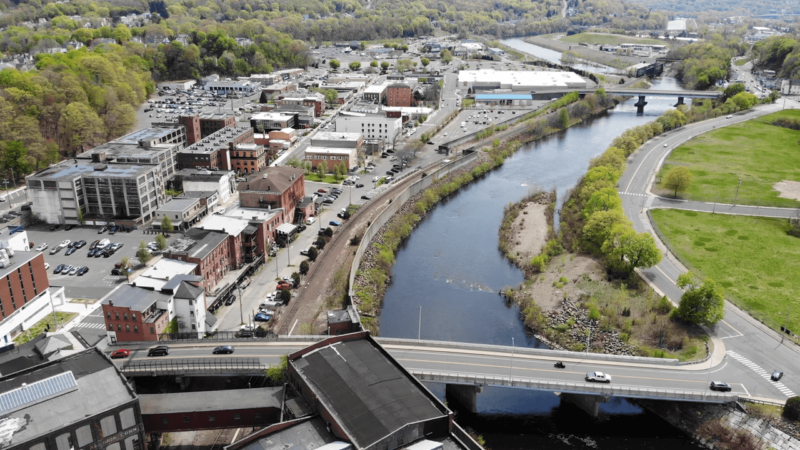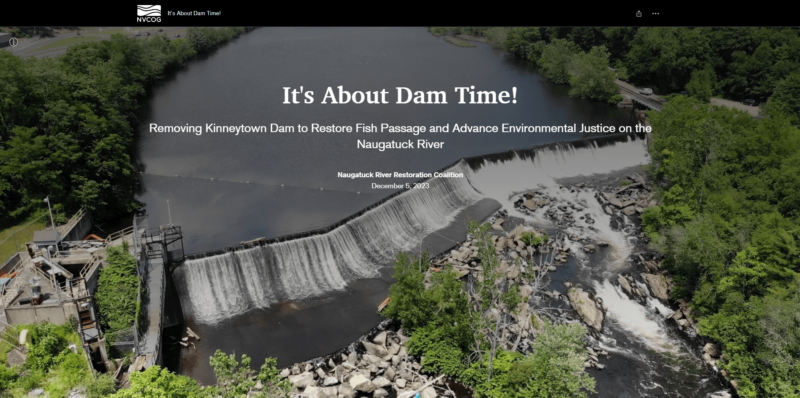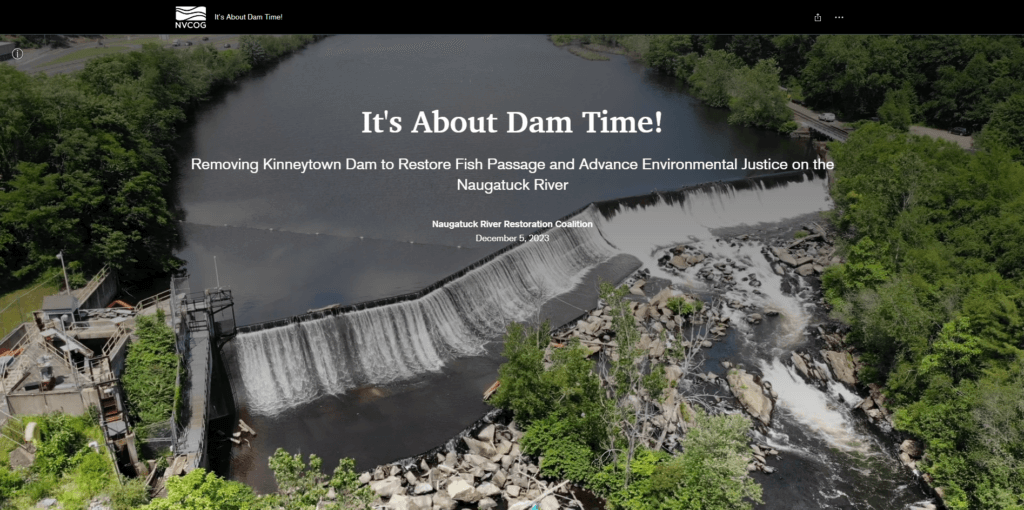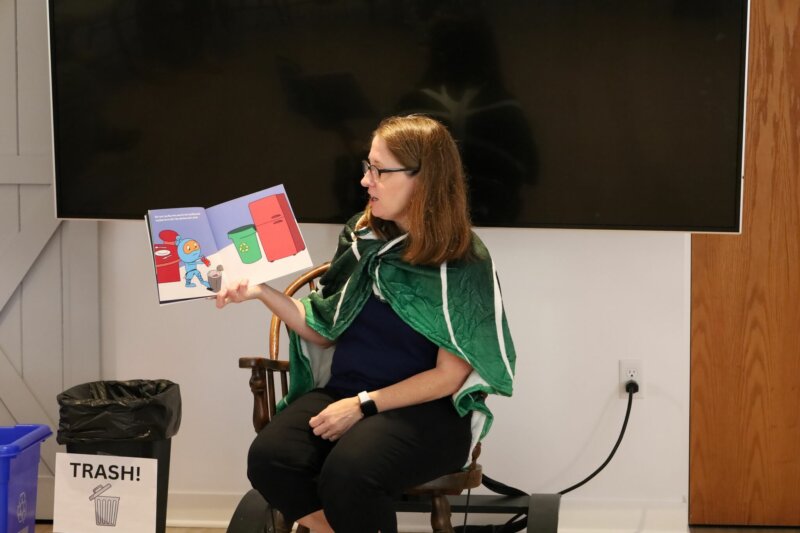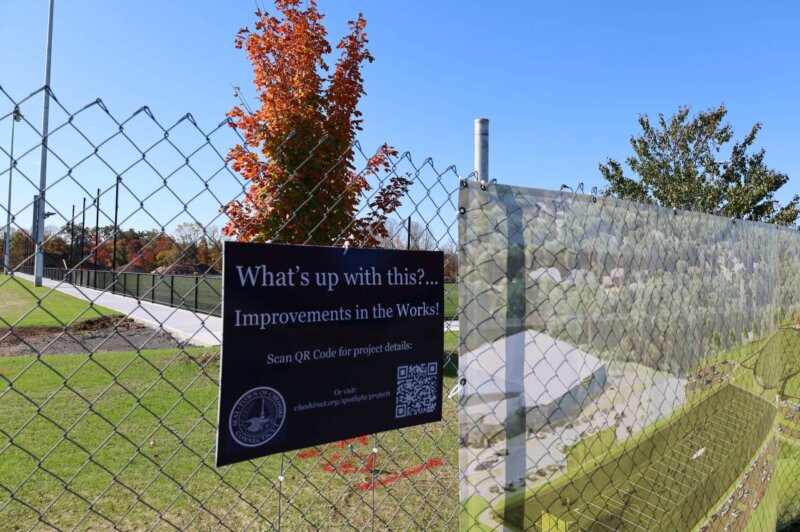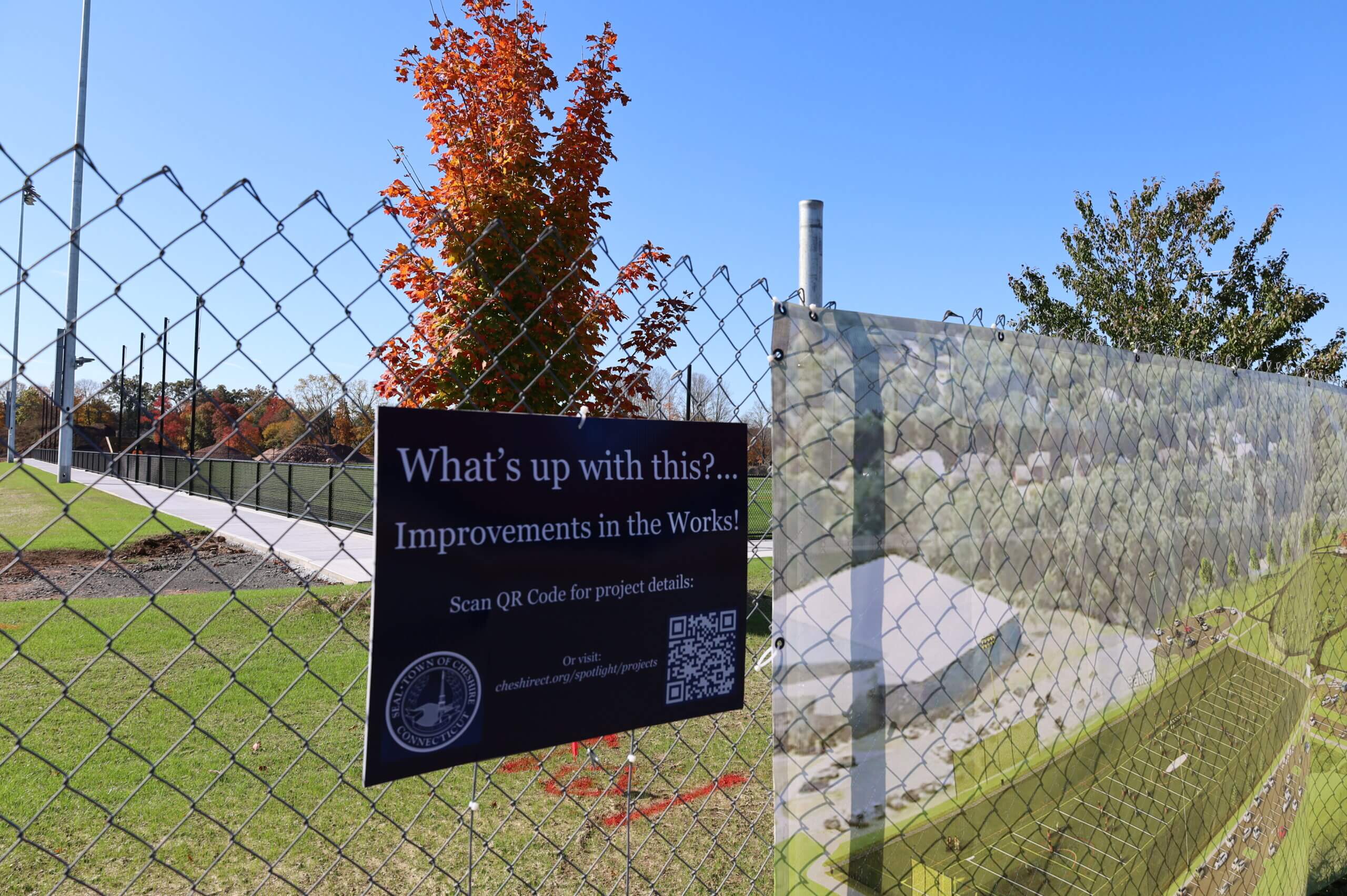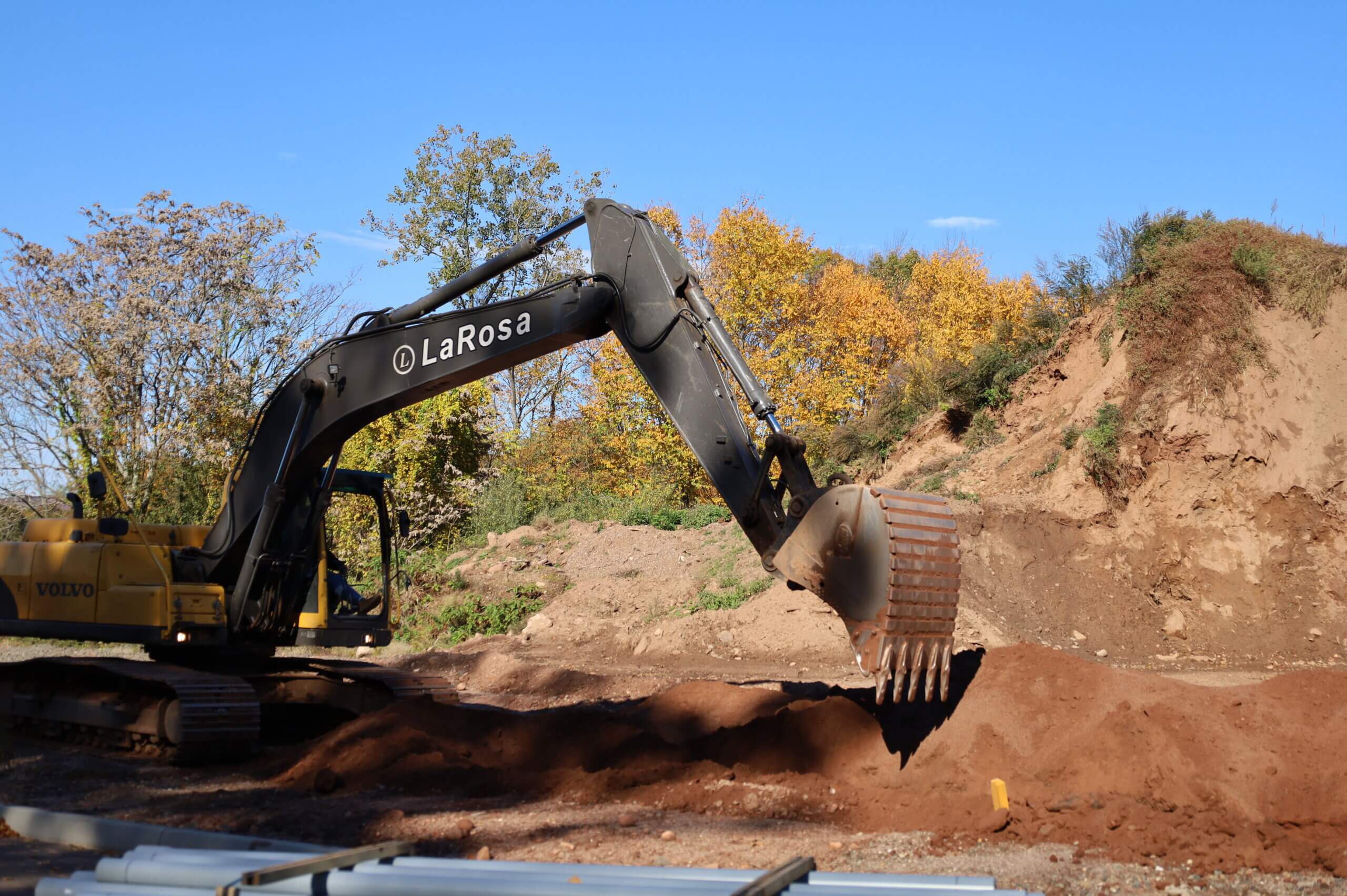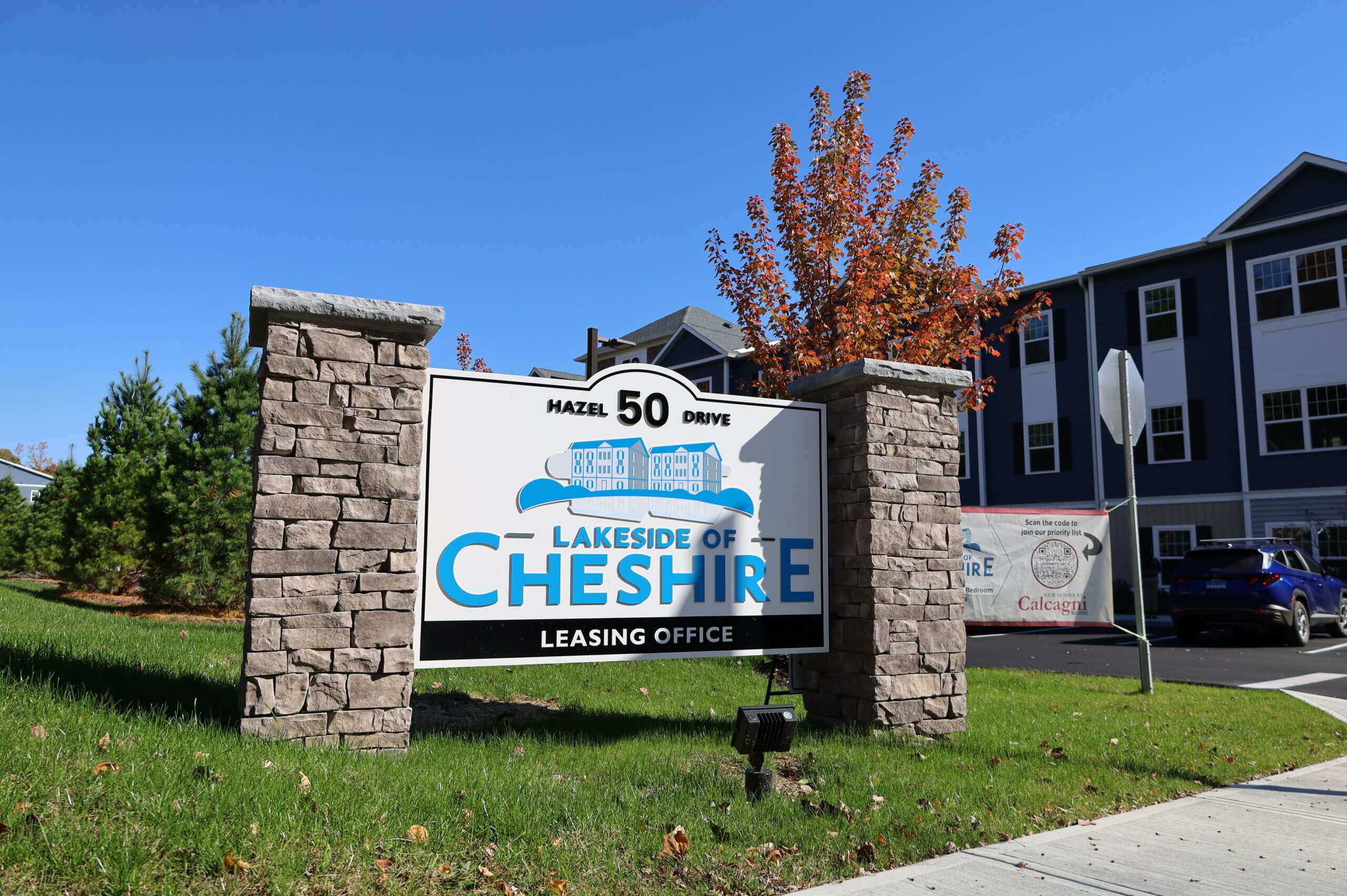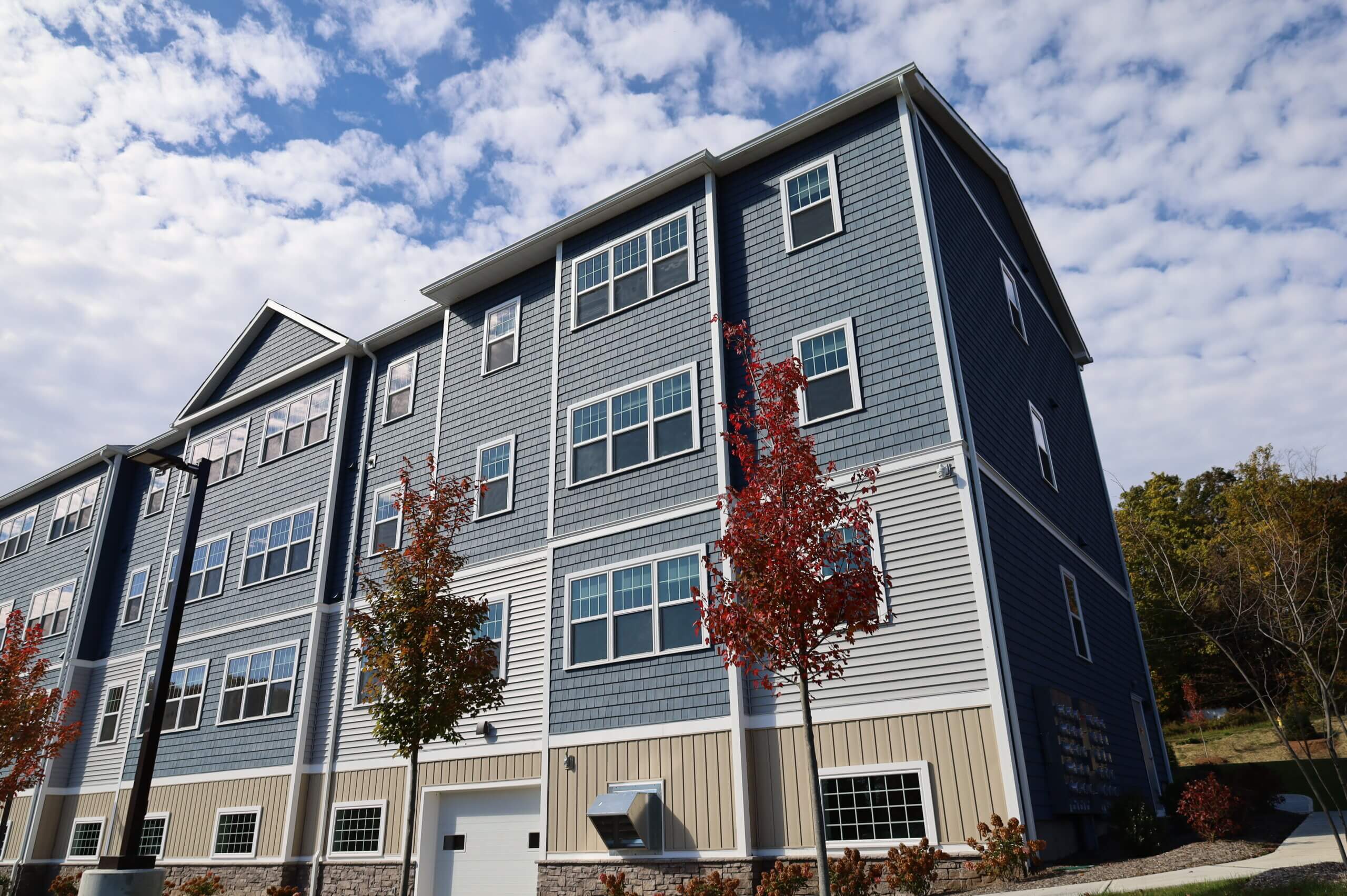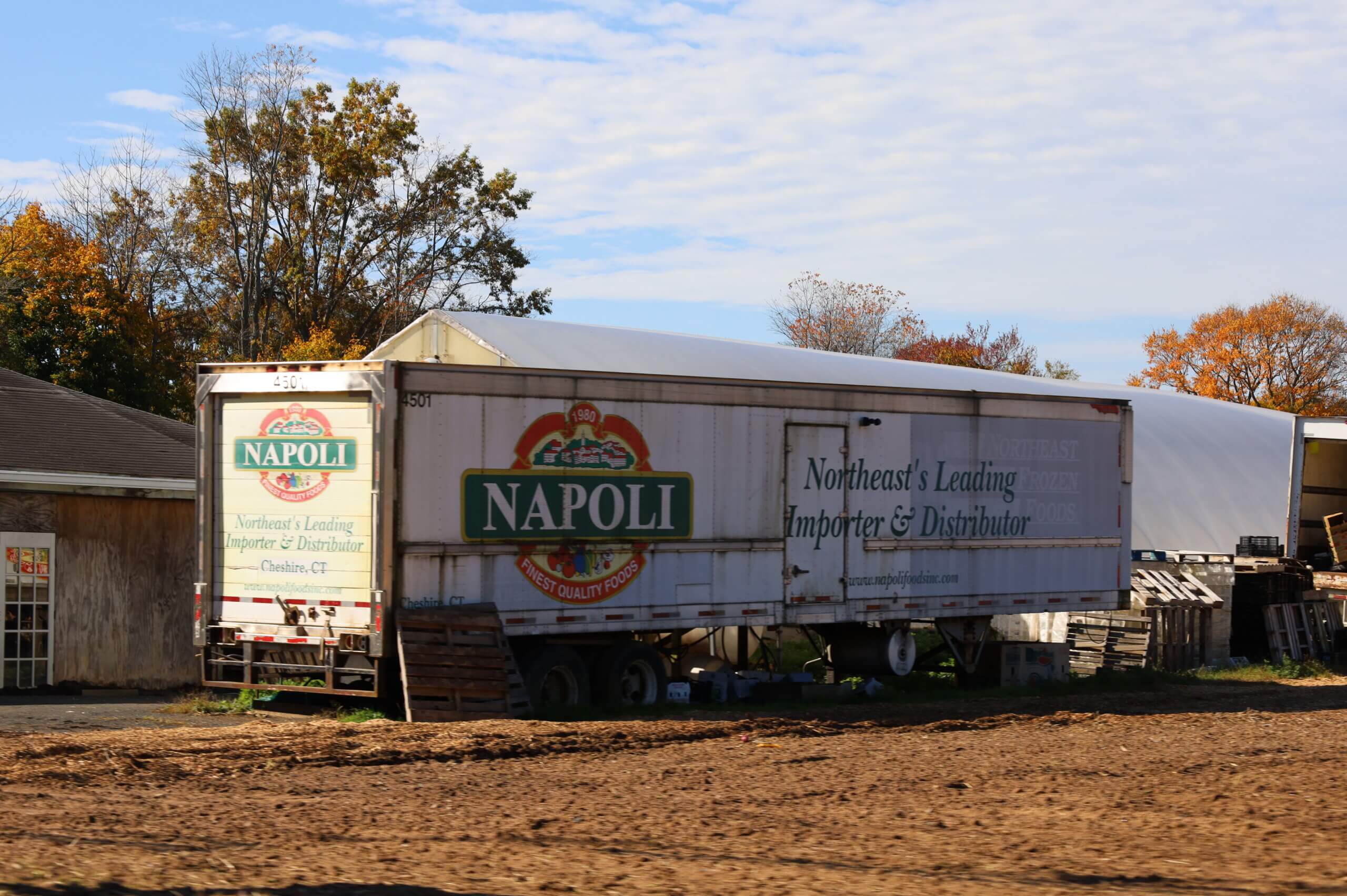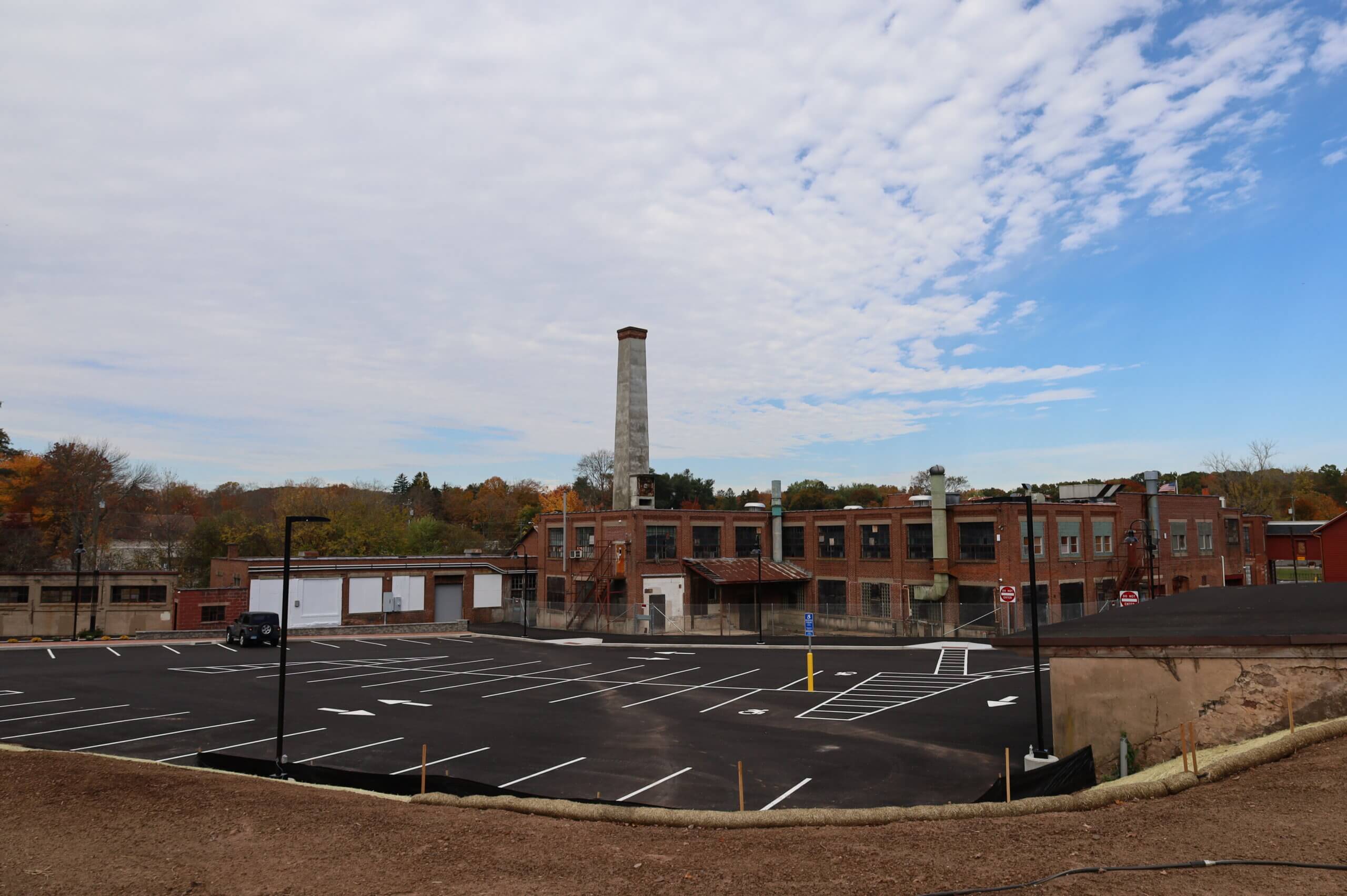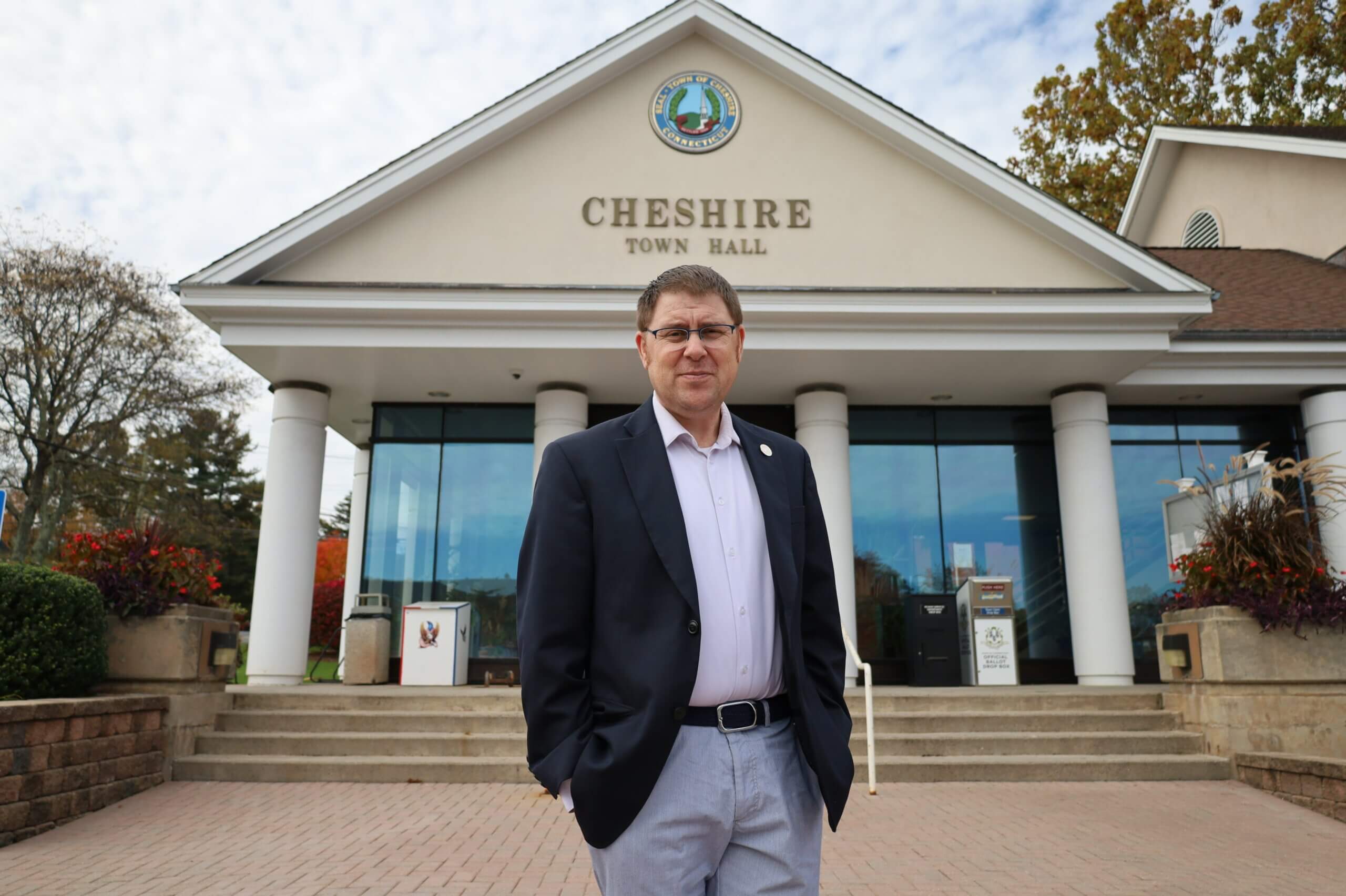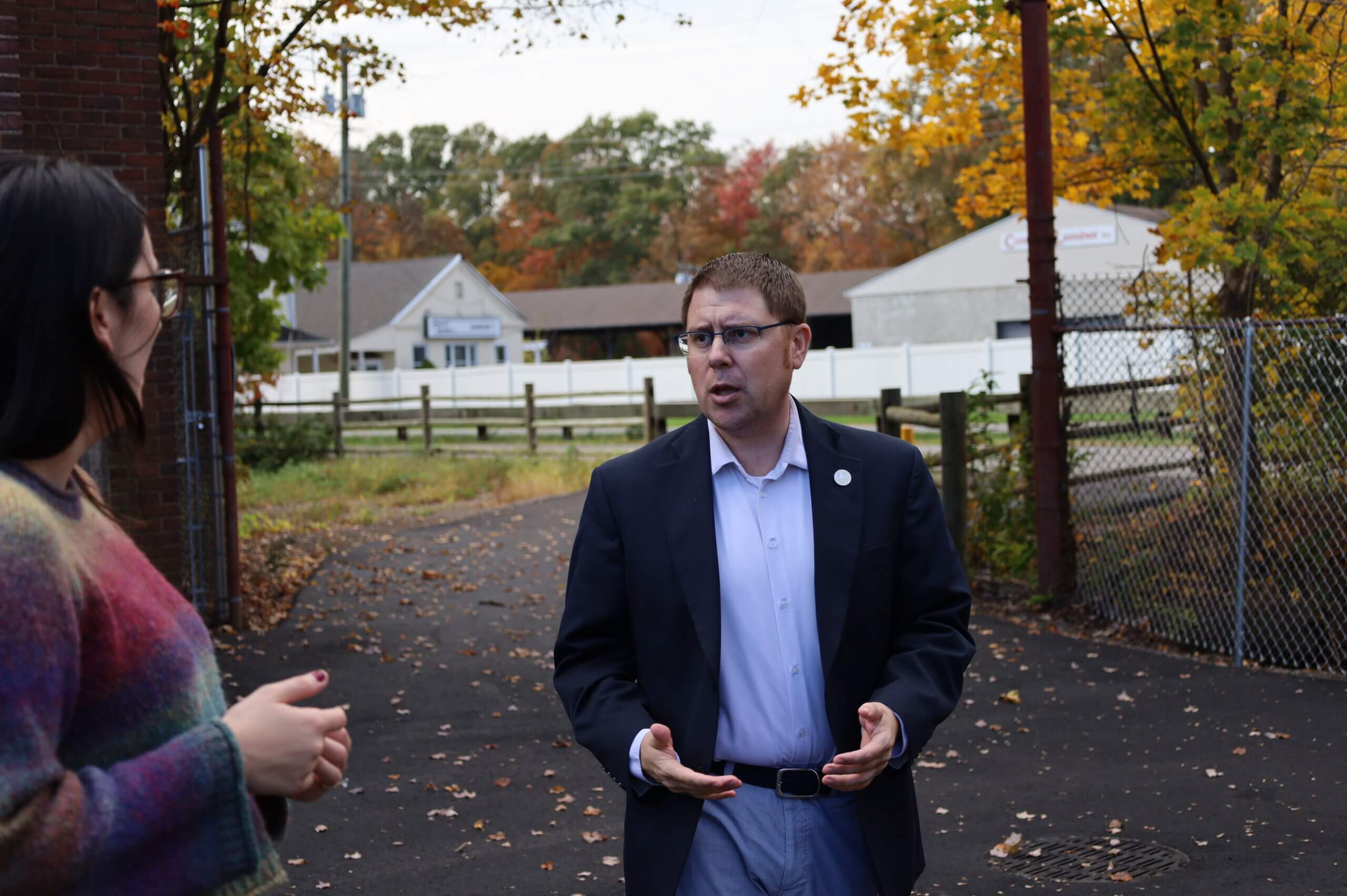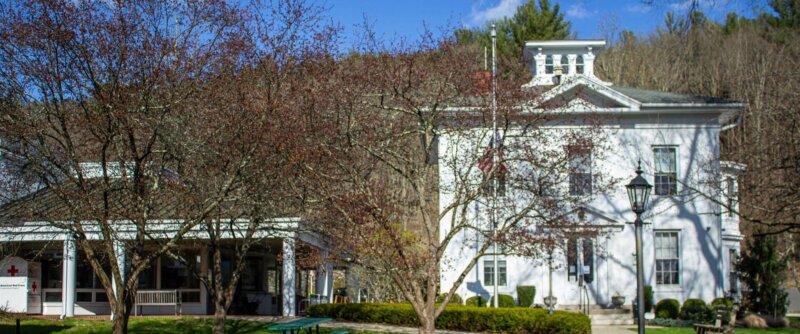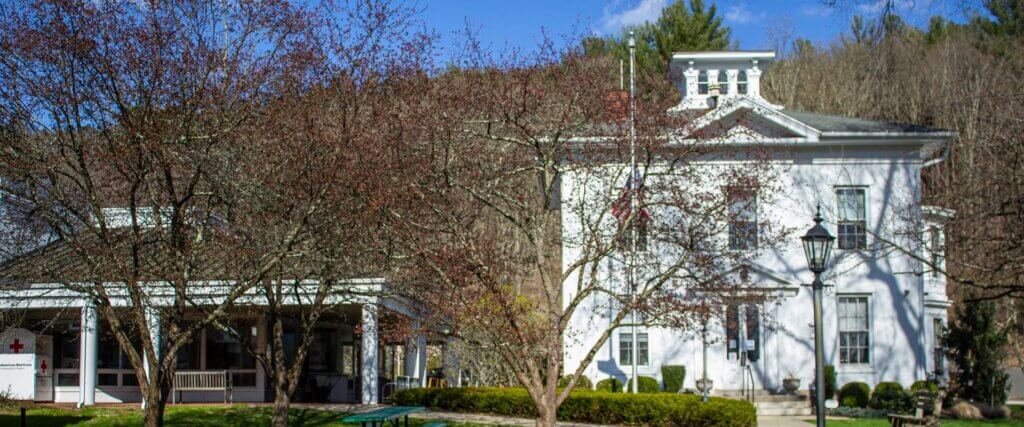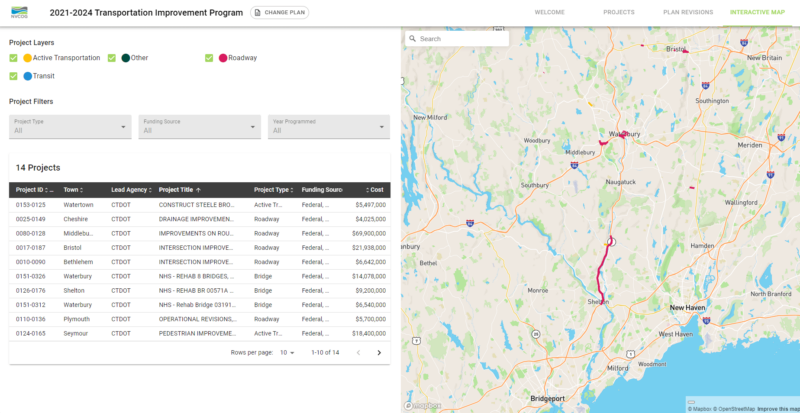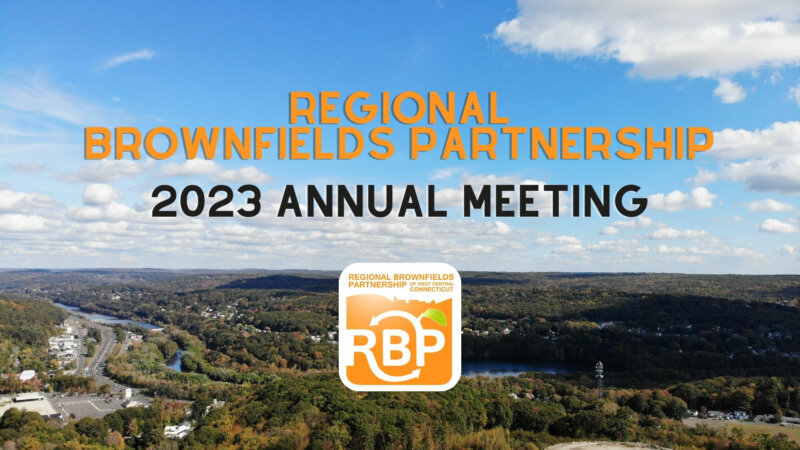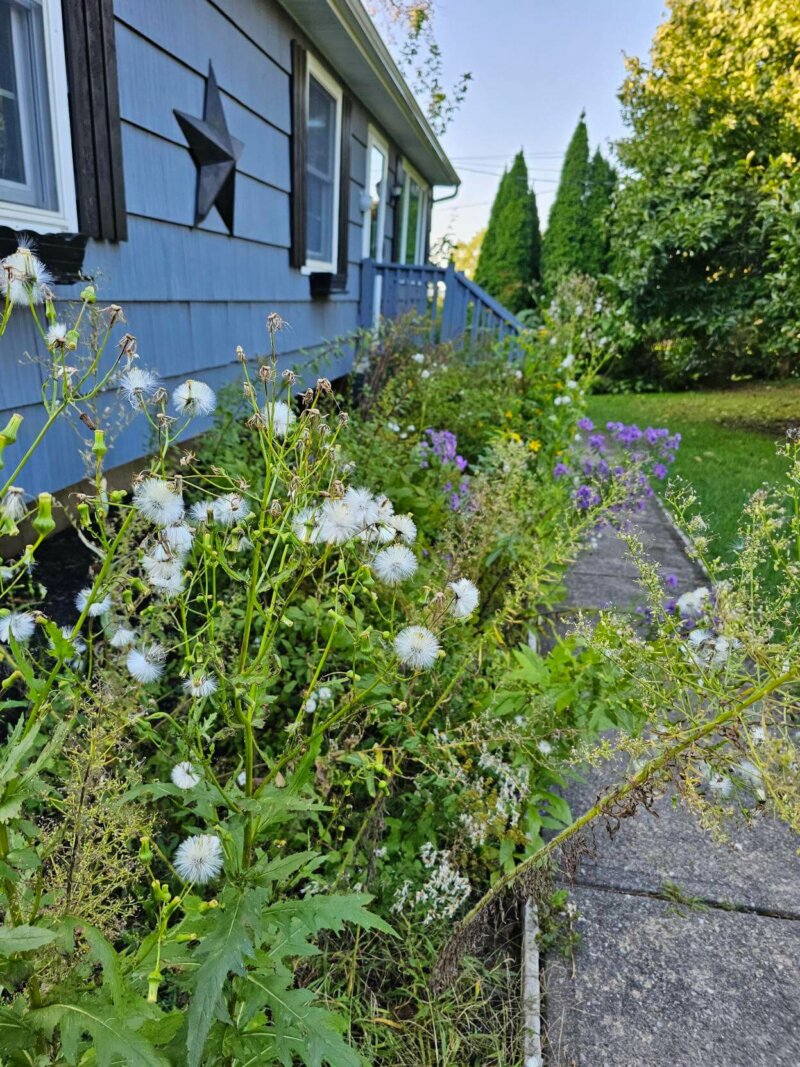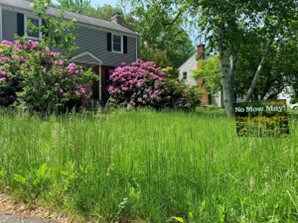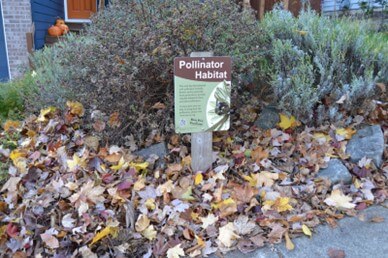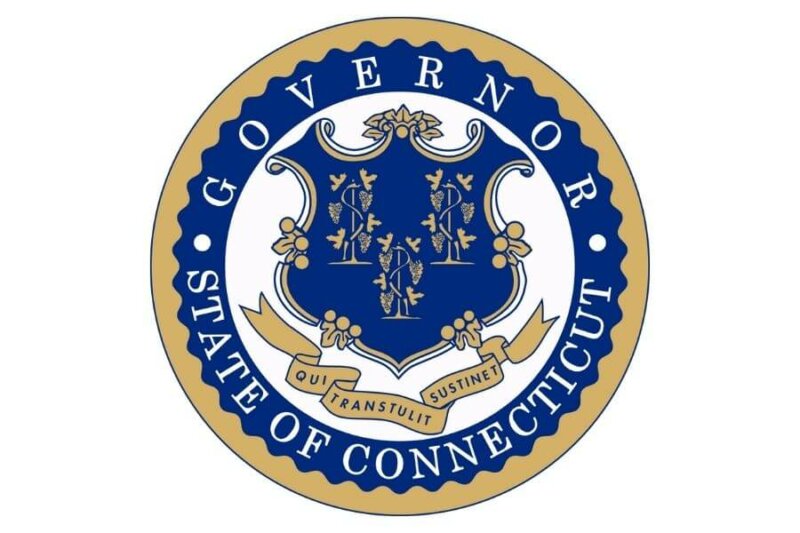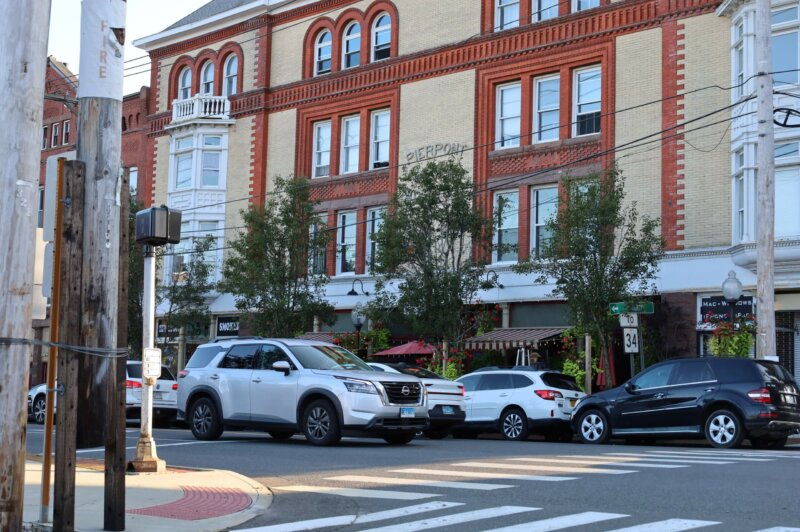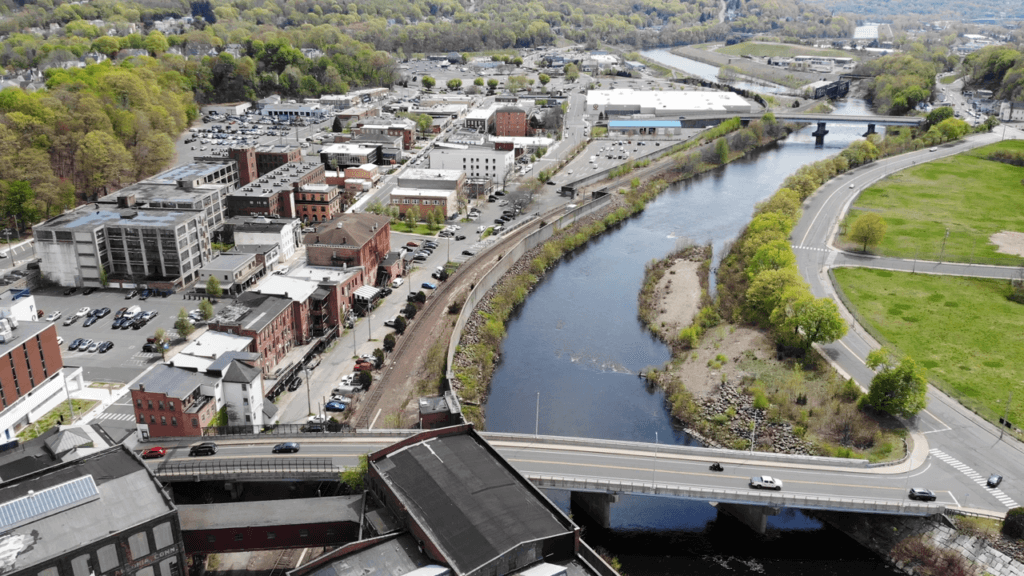
The Naugatuck Valley Council of Governments hosted the 2023 annual meeting of the Regional Brownfields Partnership on Wednesday, December 6, 2023, at the newly revitalized Senior Center in Ansonia, located at 65 Main Street. The meeting brought together Regional Brownfields Partnership (RBP) members, public and private stakeholders, and brownfield enthusiasts. This year’s choice of venue, the recently rejuvenated Senior Center, served as a symbolic testament to the potential of brownfield redevelopment.
The core focus was on the transformative impact of brownfields, championed by visionary Chief Elected Officials (CEOs), who embrace brownfield redevelopment. The commitment is clear – to reclaim vacant or abandoned brownfield sites, transforming them into tax-generating parcels that positively impact member communities.
2023 Financial Overview
Michael Szpryngel, NVCOG Finance Director, provided key insights into the Regional Brownfields Program’s financial reports.
Noteworthy financial points included:
- A substantial $4.1 million in active NVCOG DECD grants and $810k in active CTBLB DECD grants have significantly contributed to the program’s initiatives.
- 100% of NVCOG and CTBLB DECD applications have been fully funded.
- Over the past two years, the RBP municipalities have been awarded a total of $18 million in active DECD grants.
Connecticut Brownfield Land Bank (CTBLB) Update
Rick Dunne, CTBLB President, provided a comprehensive update on the completed and pending projects for the 2023 calendar year across various RBP municipalities: Ansonia, Bristol, Derby, East Hampton, Seymour, Southington, and Waterbury. The Connecticut Brownfield Land Bank, Inc. (Land Bank) is a fee-based, non-profit corporation offering brownfields support to Connecticut municipalities. To learn more about CTBLB visit the website at https://ctblb.org/.
Program Updates & Project Activities
Steven Perry, NVCOG Environmental Planner mentioned significant events and milestones such as the O’Sullivan Island Pier Grand Opening in Derby in July 2023 and the 313 Mill Street, Waterbury George Tirado Sr. Park opening ceremony in September 2023. A notable project involves the progress in remedial activities at 698 South Main Street, Waterbury (Amanet).
To learn more about active and completed Brownfields projects visit the Brownfields Projects – NVCOG CT – Naugatuck Valley Council of Governments.
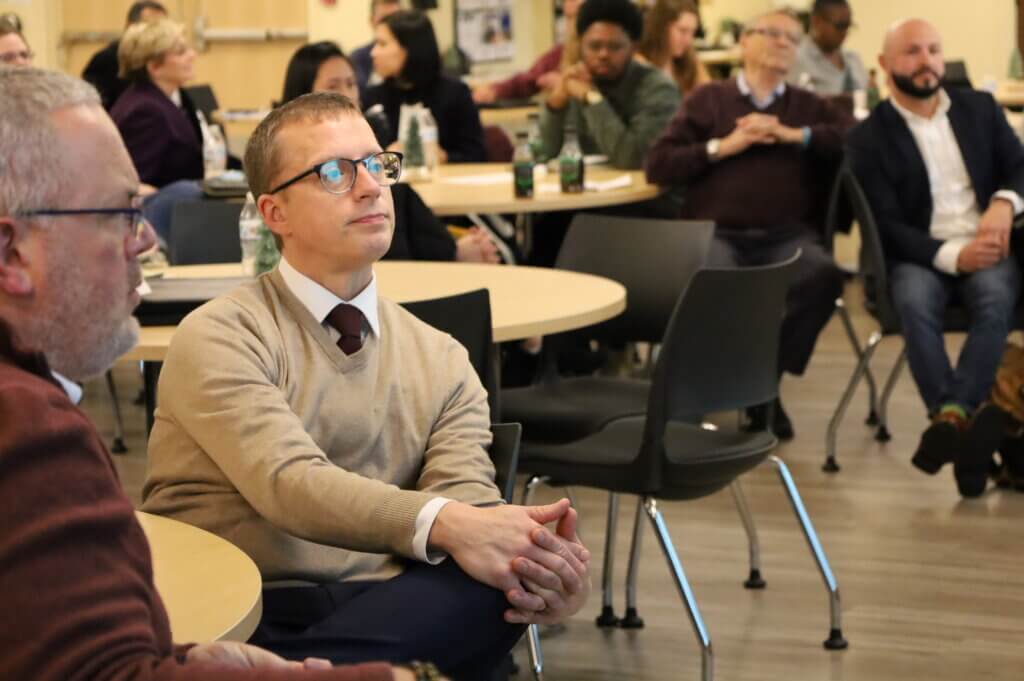
Engaging Discussions
Attendees participated in enriching discussions led by distinguished guest speakers.
The team from Tighe & Bond, James Olsen, Nicholas Granata, and Harley Langford, delved into Brownfield Due Diligence Requirements and illuminated the crucial roles of Licensed Environmental Professionals.
Randi Mendes, PhD and Katie Malgioglio, MSW, from UConn Technical Assistance for Brownfields Program (TAB) provided insights into their services and highlighted their crucial role in community engagement support.
Mayor Carbone of Torrington and Karmen Cheung of Pennrose discussed the success story of the 100 Franklin Street Riverfront Redevelopment.
Special Guests Recognized
The event also acknowledged the presence of esteemed guests:
- Katy Deng, Project Officer, EPA
- Kayin Bankole, Project Officer, EPA
- Meena Mortazavi, Environmental Analyst, DEEP
- Amanda Limacher, Brownfield Coordinator, DEEP
- Selena Thornhill-Moody, DEEP
- Kelsey Shields, DEEP
- Jennine Lupo, District Director, Office of Congresswoman Jahana Hayes
- David Morgan, President, TEAM Inc.
A special note of gratitude to Mayor Cassetti and the City of Ansonia for hosting this significant event.
The NVCOG’s 2023 Annual Meeting was not just a gathering; it was a collaborative exploration of possibilities, marking a significant milestone in the ongoing efforts to shape the future of brownfield redevelopment. Stay tuned for more updates on the RBP’s program updates and project activities.
Presentation Materials
Watch the Video Recap
Stay Connected
The Regional Brownfields Partnership (RBP) is an NVCOG-hosted committee that is collaborating to address the collective redevelopment challenges that brownfields present in the region.
Subscribe to the RBP Newsletter to receive updates from our Brownfields Team, Ricardo Rodriguez and Steven Perry, on some of the many active brownfield projects and funding opportunities in the RBP region.

